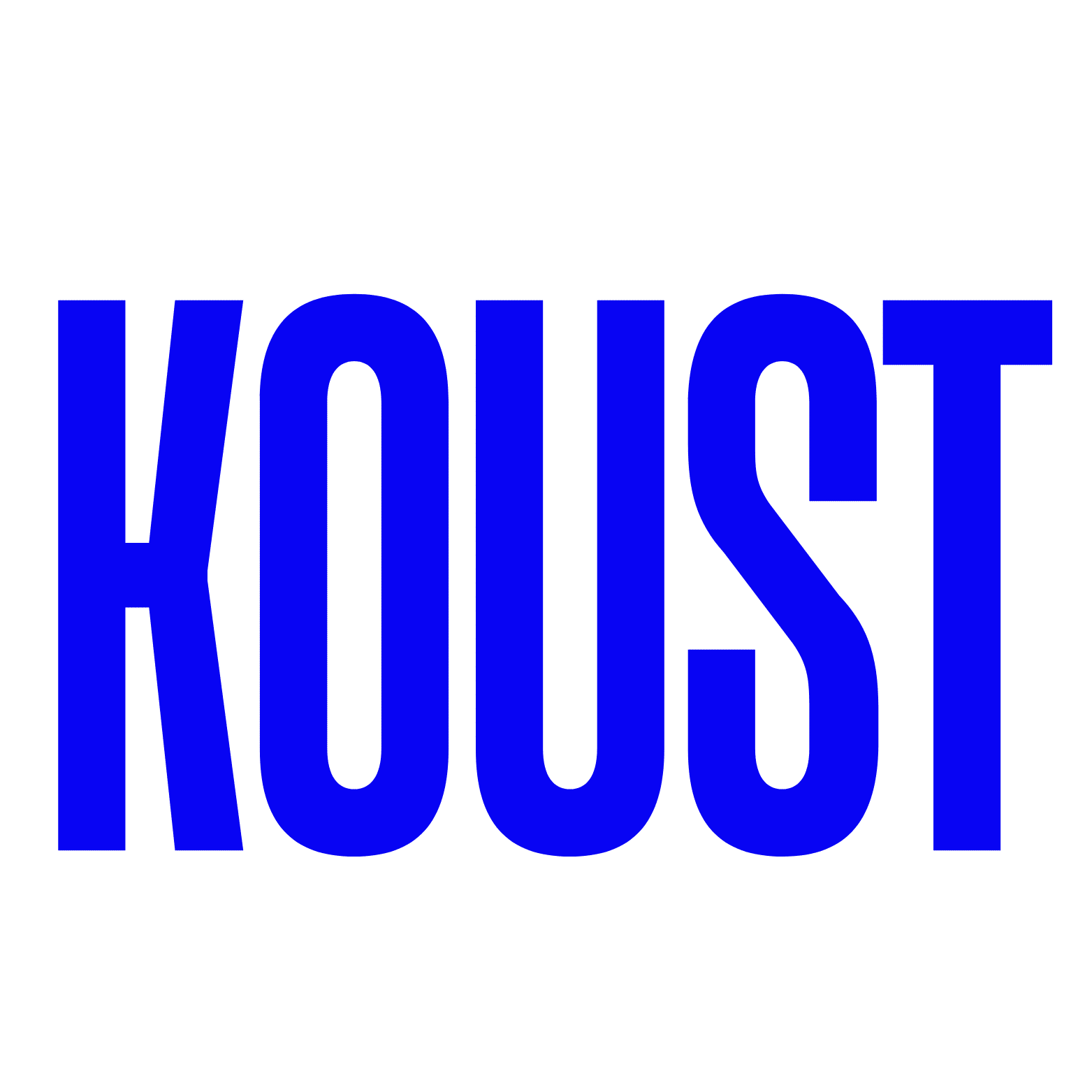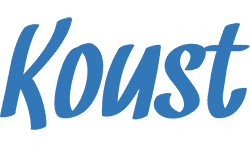
Allergen table - how to display allergens?
How to make an allergen chart? An allergen is a substance that triggers allergy, a set of reactions of the body's immune system following contact, ingestion, or even inhalation in the case of a food allergen.
A consumer suffering from a recognised food allergy must avoid consuming food containing the substance likely to cause him or her problems. Indeed, food allergies can have more or less serious consequences, which is why the presence of warning signs is becoming mandatory for restaurants.
Le décret n° 2015-447 du 17 avril 2015 relatif à l’information des consommateurs sur les allergènes et les denrées alimentaires non-préemballés : tout produit contenant des allergènes fait l’objet d’un étiquetage obligatoire.
Consequently, in the face of these new regulations, new tools are being developed to facilitate the practical application of these mandatory display measures.
Free Trial | Koust Application
Allergen table mandatory
- Crustaceans Crustaceans and crustacean products.
- Œuf Œufs et produits à base d’œufs.
- Nuts Almonds, hazelnuts, walnuts, nuts of: cashew, pecan, macadamia, Brazil, Queensland, pistachios.
- Gluten (wheat, rye, barley, oats, spelt, kamut or their hybridized strains) and products thereof.
- Poisson Poissons et produits à base de poissons.
- Sesame Sesame seeds and sesame seed products.
- Soy Soy and soy products.
- Celery Celery and celery products.
- Peanuts Peanuts and peanut products.
- Milk Milk and milk-based products (including lactose).
- Sulphites Sulphur dioxide and sulphites in concentrations of more than 10 mg/kg or 10 mg/l (expressed as SO2).
- Lupin Lupin and lupin products.
- Mustard Mustard and mustard products.
- Molluscs Molluscs and mollusc products.
- The compilation of the recipe of the dish and the labelling of the ingredients.
- And,public access to the sheet indicating the allergenspresent through a dedicated consumer application.
How does the consumer consult the composition of the dish?
You have 2 types of search possible:
- Search by recipe
- Or search by allergen
1 - Search by product
The consumer enters the identifier (number) of the dish specified on the restaurant menu to consult the document of existing allergens.
Les données sont mises à jour dynamiquement et instantanément. Quand un ingrédient change dans la composition du plat, le consommateur accède à la bonne information. Ainsi, si un ingrédient change dans une recette, le client aura directement accès au nouvel affichage. Par exemple, si le chef change sa recette de gratin et utilise des aliments sans gluten, les clients sensibles à cette allergie pourront maintenant commander le plat de gratin. L’affichage obligatoire permet donc aussi de renseigner les changements effectués sur les composants des recettes.
This consumer application provides public access to the composition of recipes through the technical data sheet described by the catering professional and the document of allergens found in the ingredients used.
2 - Search by allergen
Visualisez les plats sans allergènes et ainsi sans risque d’allergies à partir de son numéro de restaurant. Ainsi, le tableau allergène s’affiche et vous pouvez consulter chaque article alimentaire en détail.
Then select the allergen: the list of dishes that do not contain this allergen is displayed. Most of the time, the consumer is interested in only one allergen and can select it from the list.
How is the data updated for my allergen table?
La création du tableau nécessite d’établir la composition de chaque recette. Puis, d’aller chercher pour chaque ingrédient de chaque recette les informations sur la présence d’allergènes.
Thanks to the Koust application, which enables the technical data sheets (list of ingredients) to be drawn up in order to calculate costs and to simplify the management of orders. This update therefore involves two successive stages:
1 - Establish the recipe for each dish
Tous les ingrédients de la recette doivent être détaillés pour chaque plat. Ce travail est souvent déjà effectué pour d’autres contraintes, ici, il faut s’assurer que l’on n’a rien oublié. La mise à jour des fiches techniques devient donc primordiale, et son utilité n’est plus à débattre.
2 – Compléter la liste des allergènes présents dans chaque ingrédient
Suppliers and manufacturers must now provide you with a list of the allergens present in the products they sell you.
Quand un de ces deux composants change, soit la recette, soit les ingrédients qui la composent, le tableau allergène est instantanément mis à jour.
How does the professional give access to this information?
Koust propose dans l’application un export PDF du tableau allergène ou un export au format CSV.
How to inform your customers about the risks of allergies?
Then, once you have entered all your information, you need to inform your guests. The easiest way seems to be to display the allergen table. But as you go along, you realise that your menu changes over time. Finally, you will have to change this table and train your teams to read this mandatory information.
What to put on his card?
In conclusion, how do you indicate this information on your menus?
- To customize your card, download the QR-code available on the application.
- Ce QR code donne un lien direct à vos clients
- Add an explanatory text to guide your customers
for example:
“Flasher le QR-code et découvrez les allergènes présents en entrant le numéro du restaurant, exemple : [1063]”




